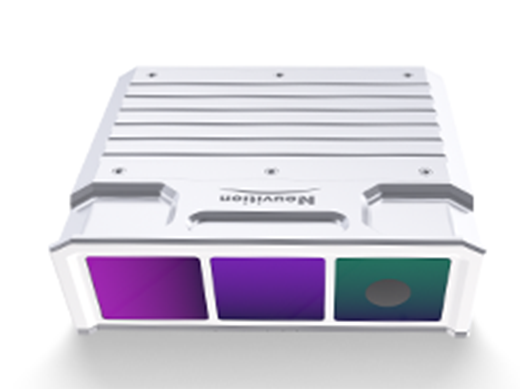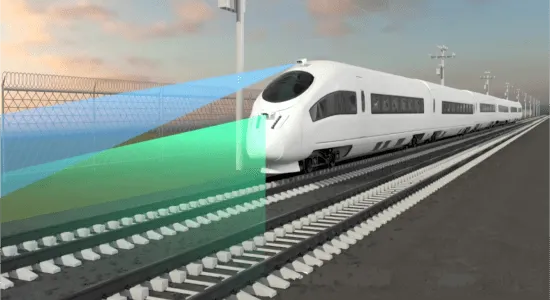
What is Drone With Collision Avoidance
A drone with collision avoidance is a type of unmanned aerial vehicle equipped with sensors and technology that enable it to detect obstacles in its flight path and automatically adjust its course to avoid collisions. This feature is essential for ensuring the safety of both the drone itself and any people or objects in its vicinity. By using advanced algorithms and sensors such as cameras, lidar, and radar, drones with collision avoidance can navigate complex environments with precision and efficiency. Overall, this technology plays a crucial role in enhancing the reliability and autonomy of drones for various applications, including photography, surveillance, mapping, and delivery services.
Why Drone With Collision Avoidance
A drone with collision avoidance technology is essential for ensuring safe and efficient flight operations. By utilizing sensors and algorithms to detect obstacles in its path, the drone can automatically adjust its course to avoid collisions. This feature not only protects the drone itself from damage but also prevents potential accidents with other aircraft or objects in the environment. Ultimately, a drone with collision avoidance enhances overall safety during flight missions and reduces the risk of costly incidents.


Recent Technology Development of Drone With Collision Avoidance
Recent advancements in drone technology have focused on improving collision avoidance capabilities to enhance safety and efficiency. By incorporating sensors such as cameras, lidar, radar, and ultrasonic sensors, drones are now able to detect obstacles in their flight path and autonomously adjust their trajectory to avoid collisions. This development has been crucial in enabling drones to navigate complex environments with greater precision and reliability. With collision avoidance technology becoming more sophisticated, the potential applications of drones in various industries, including delivery services, surveillance, and search and rescue operations, are expanding rapidly. Overall, the integration of collision avoidance systems in drones represents a significant step forward in ensuring safe and seamless aerial operations.
Applications of Drone With Collision Avoidance
Drone technology has advanced significantly in recent years, with the development of collision avoidance systems being a major breakthrough. These systems use sensors and algorithms to detect obstacles in the drone's path and automatically adjust its flight path to avoid collisions. This technology has a wide range of applications across various industries, including aerial photography and videography, agriculture, search and rescue operations, infrastructure inspection, and delivery services. By incorporating collision avoidance capabilities, drones can operate more safely and efficiently in complex environments, making them valuable tools for a diverse range of tasks.

Neuvition Collision Avoidance Systems for Railway
Our collision avoidance systems for railway are designed to enhance safety and prevent accidents on rail tracks. By combining our state-of-the-art LiDAR sensors with advanced software algorithms, we offer the following advantages:
Advantage
- Accurate detection and identification of obstacles in front of trains
- Real-time warning alerts to prevent collisions
- Integration with cameras and other sensors for comprehensive situational awareness
- Customizable solutions to meet specific railway requirements

Neuvition Collision Avoidance Systems for Automotive
Our collision avoidance systems for automotive applications are designed to improve road safety and enable autonomous driving capabilities. We offer the following benefits with our integrated LiDAR, Radar, and Camera solutions.
Advantage
- 360-degree detection and tracking of surrounding objects
- Advanced object recognition and classification
- Real-time decision-making for collision avoidance
- Seamless integration with existing vehicle systems

FAQ








Contact Us
If you have any questions or suggestions, please leave a message, we will get in touch with you within 24 hours!
